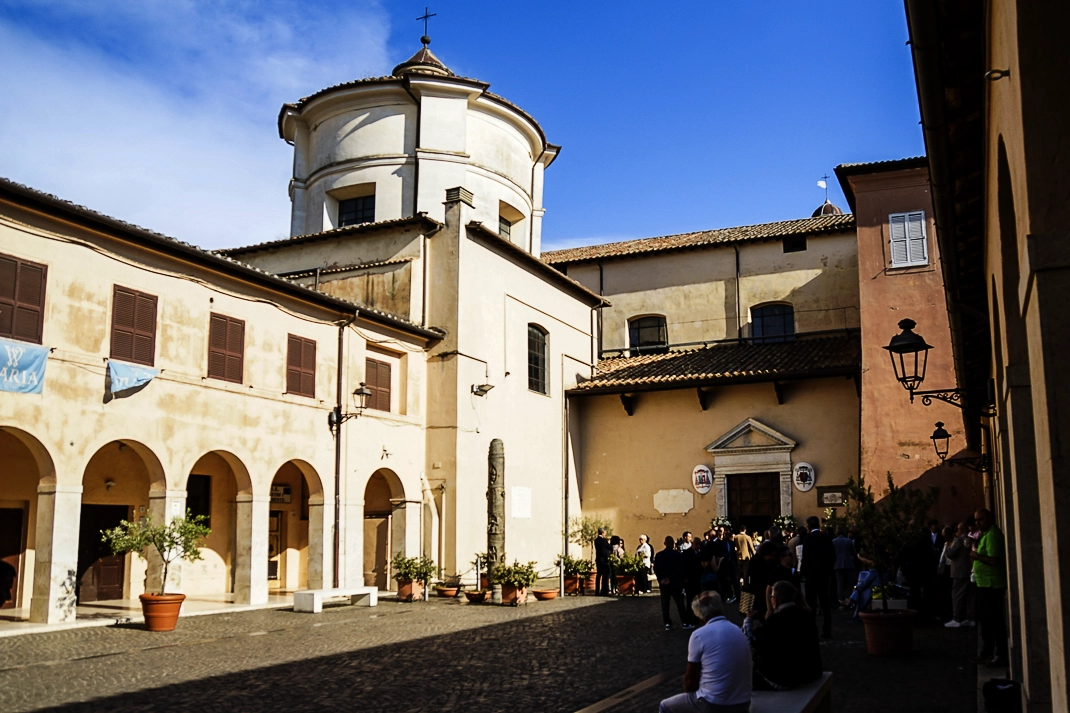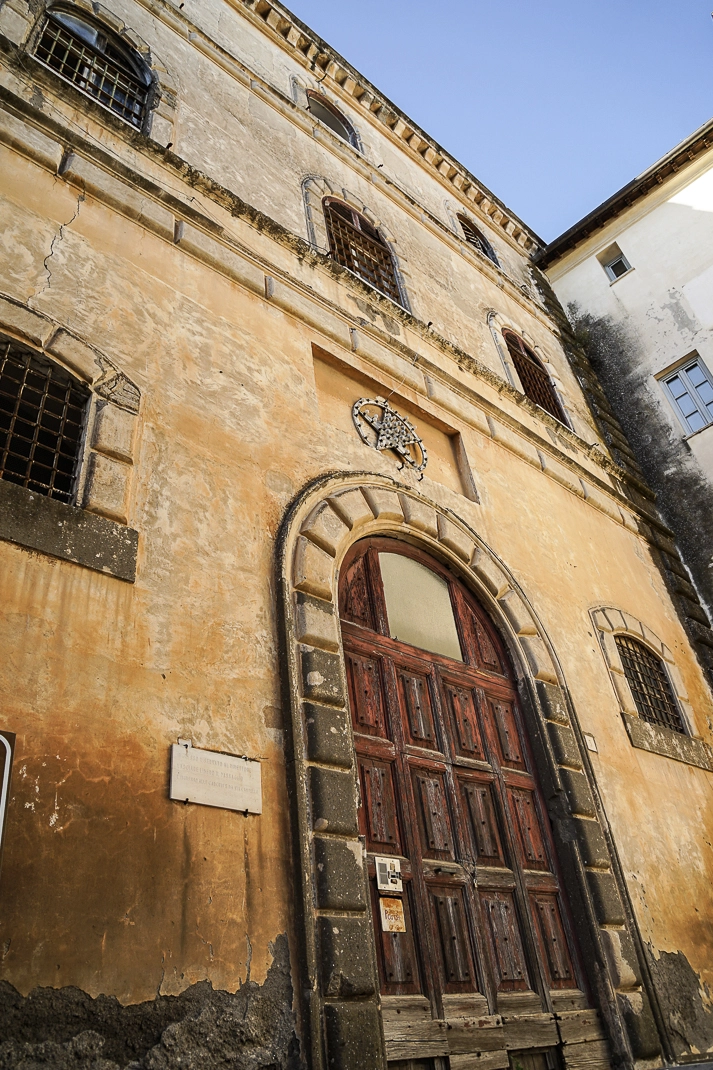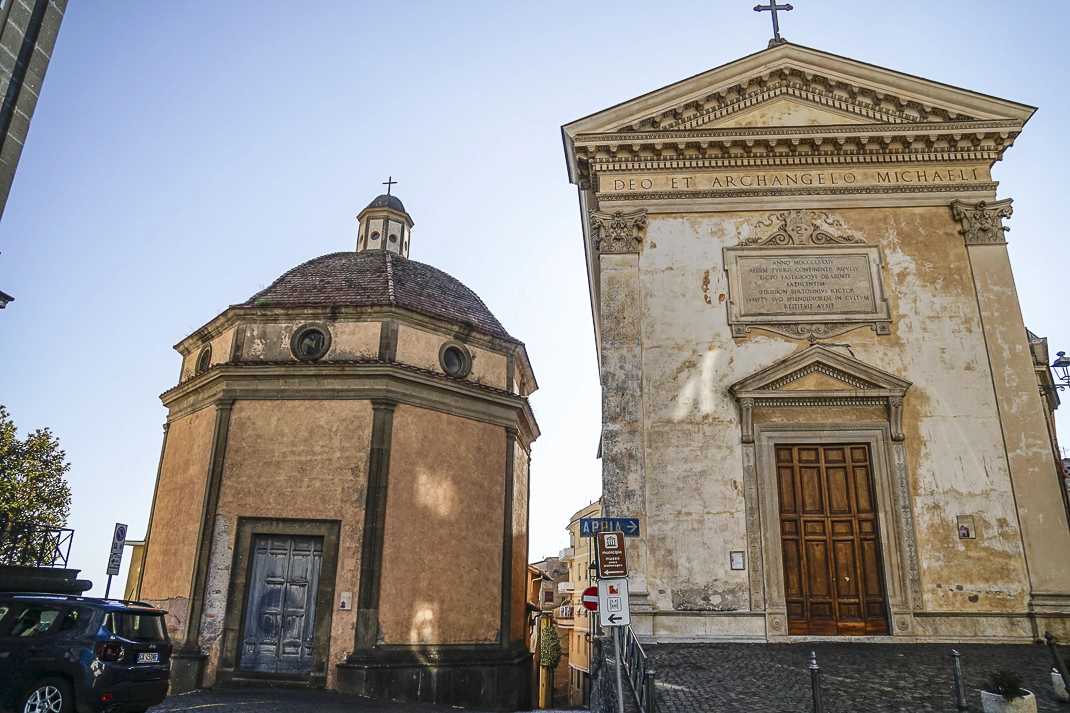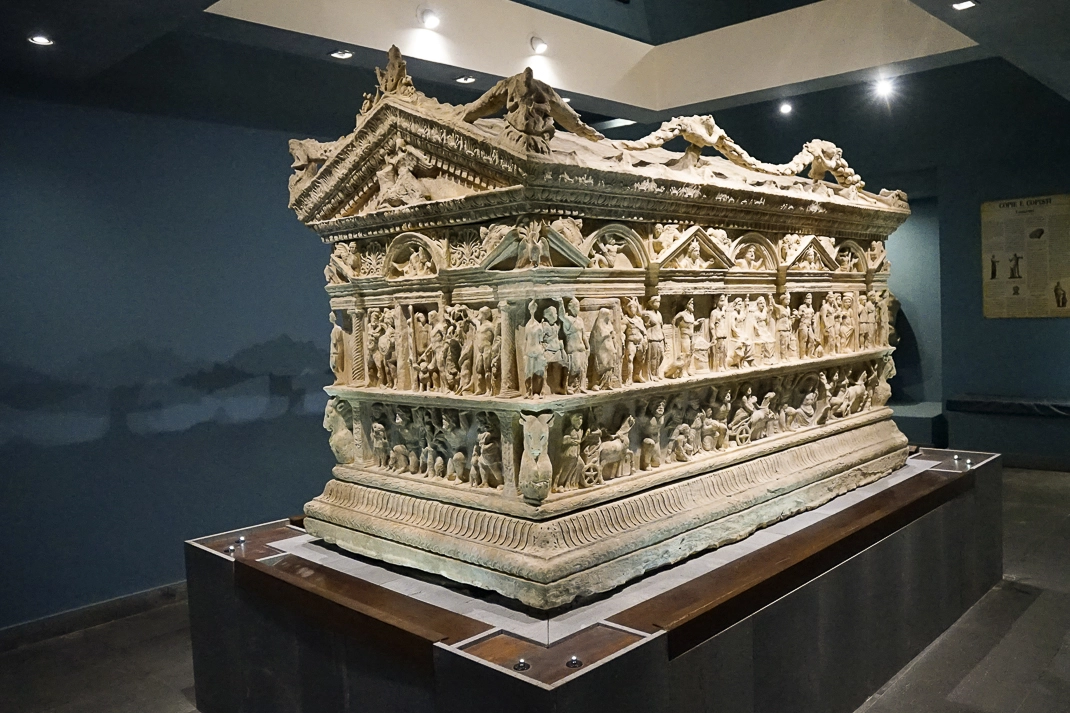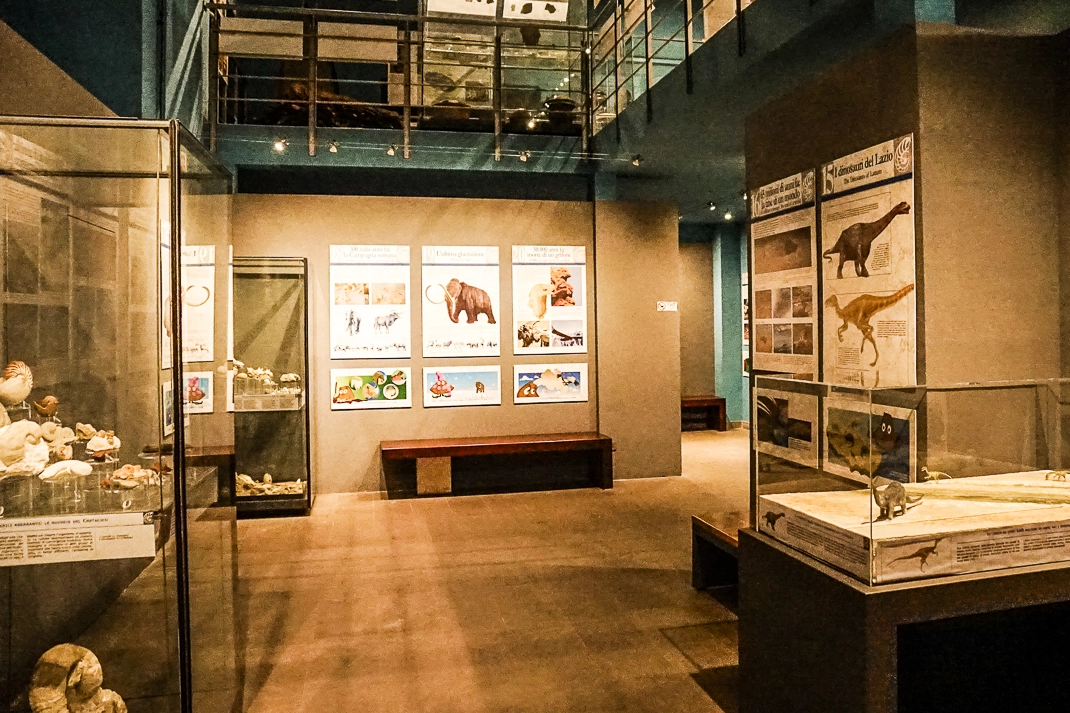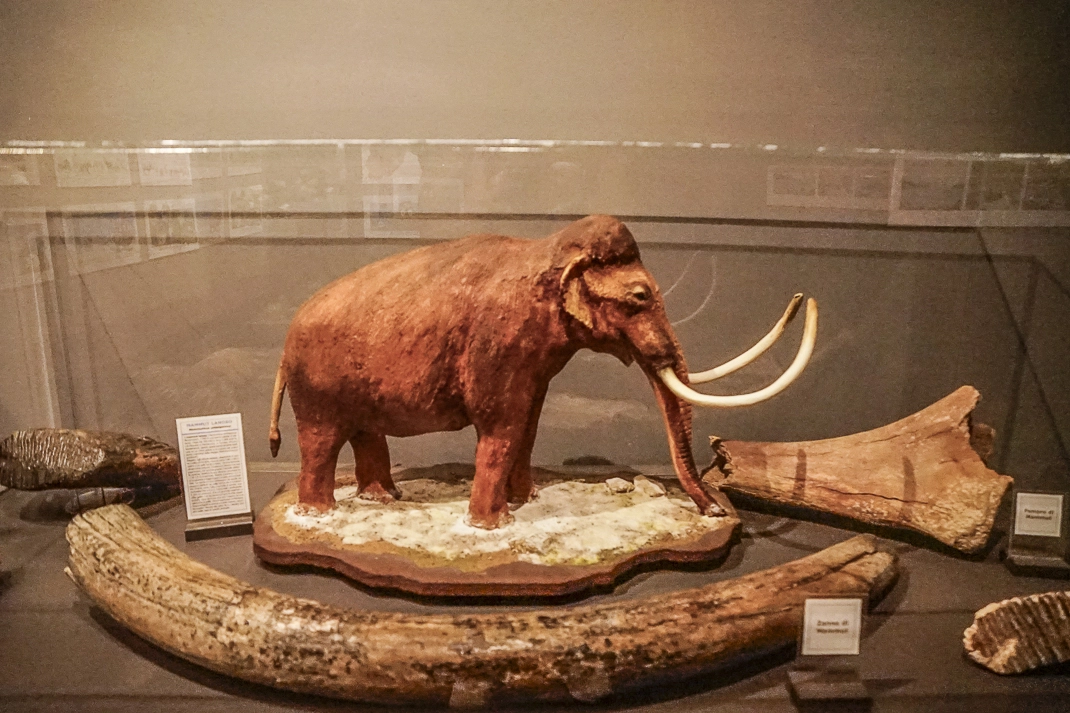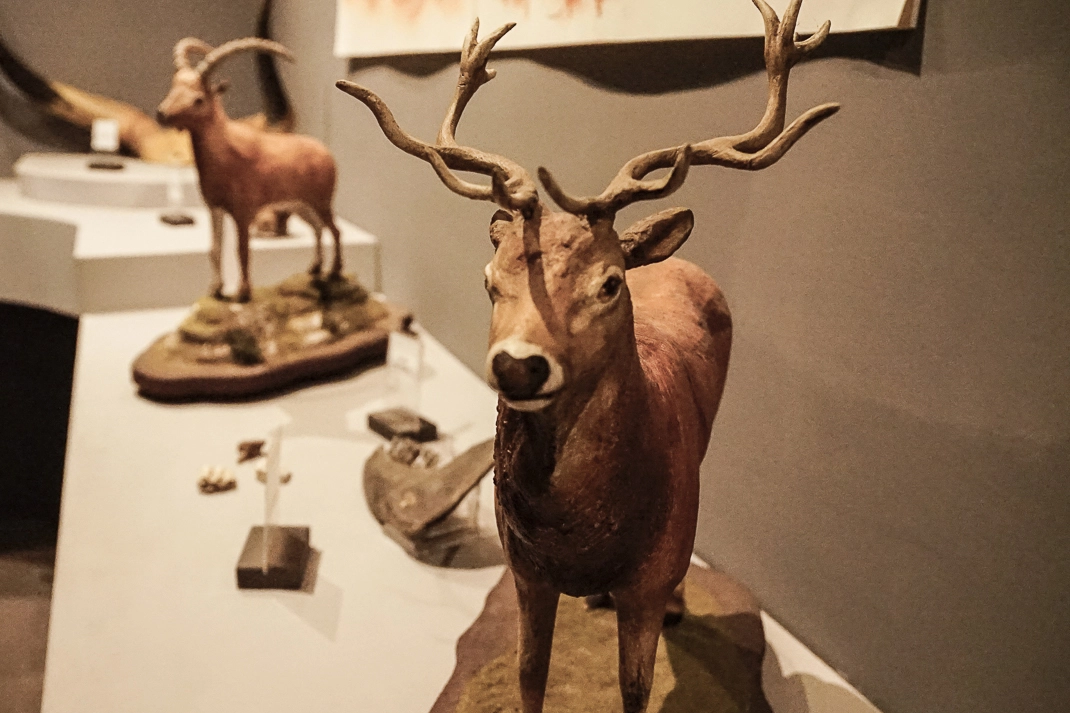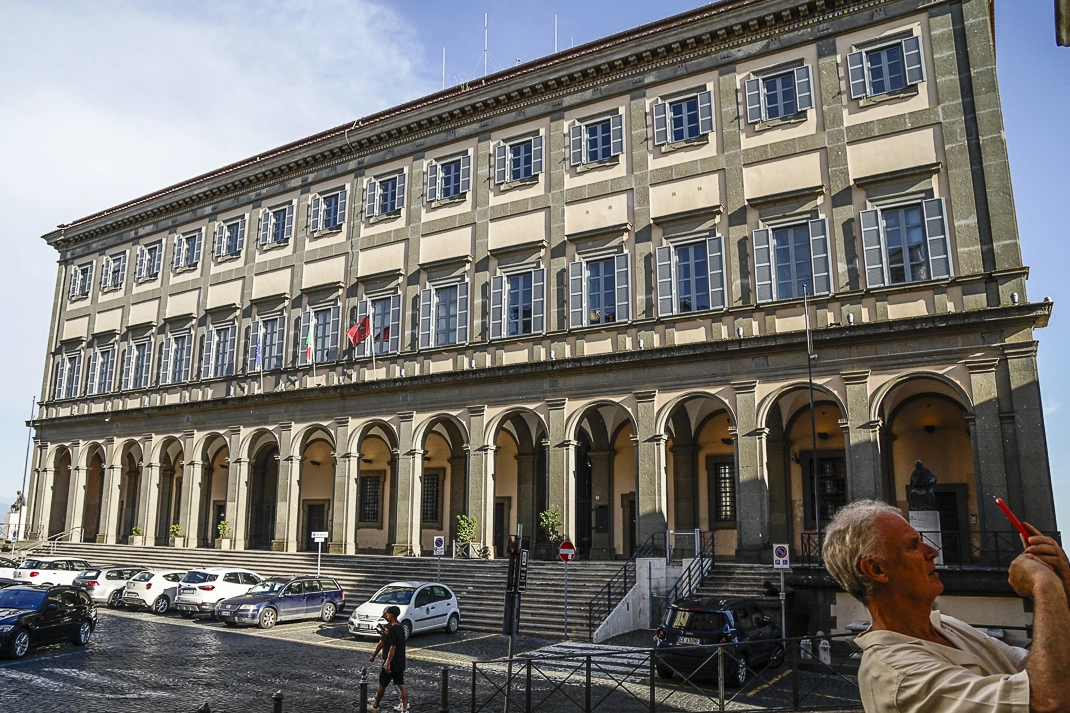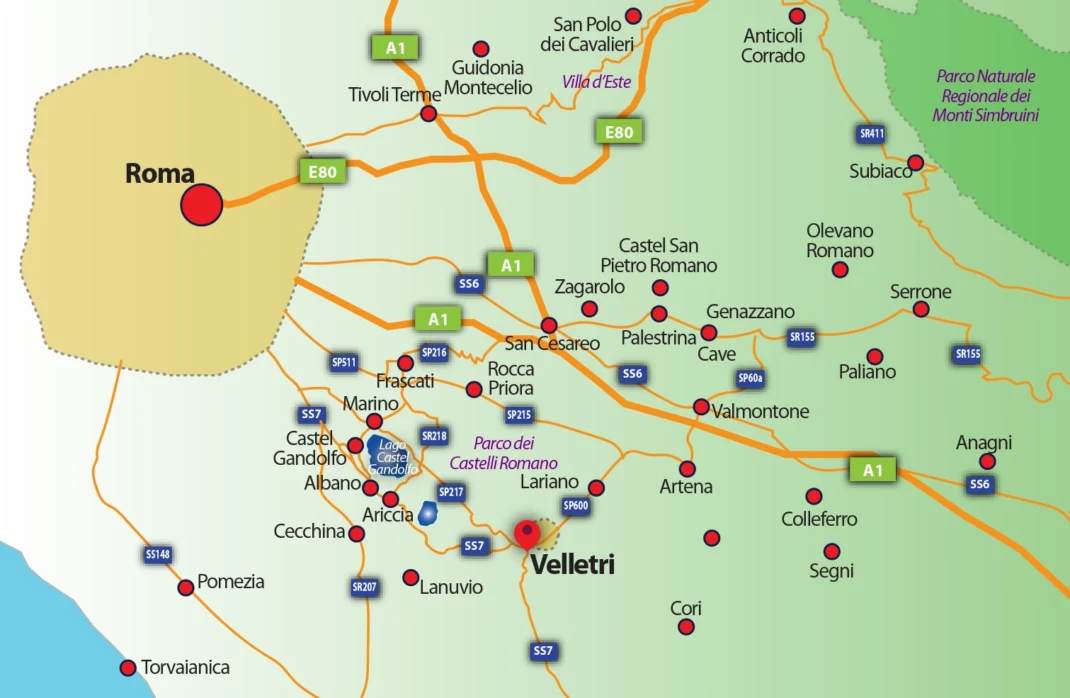

Velletri: Caesar Augustus' hometown
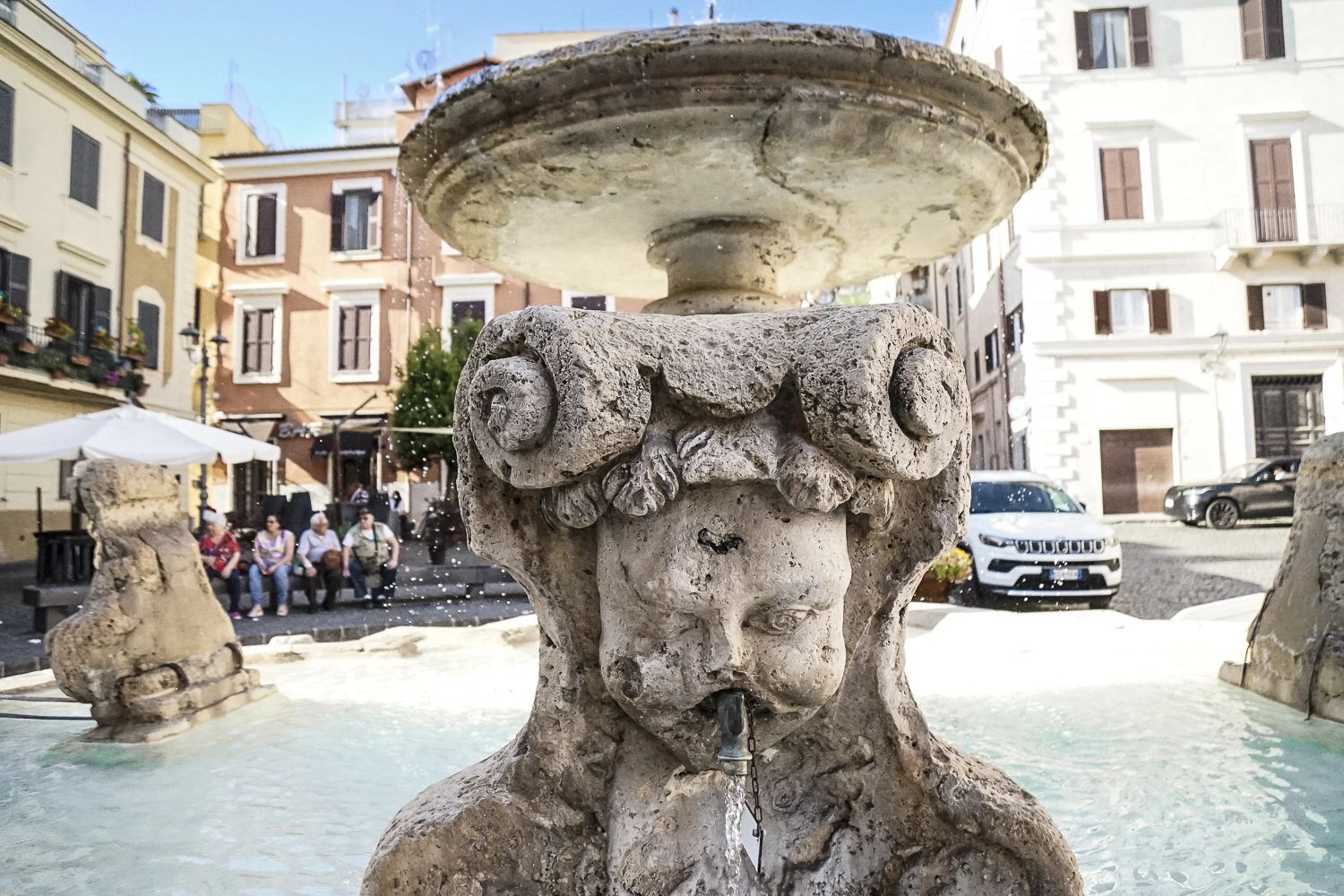
It’s ironic that Caesar Augustus, Rome’s first emperor and arguably its most popular, ruled during a period of peace yet was raised in a town known for battles. From 642-617 B.C., Velletri put up a fierce
fight against Ancus Marcius, the fourth Roman king.
In 1944 during World War II, Velletri was the site of key battles between the Germans and Allied Forces after the Allies landed in Anzio. Today, Velletri is indeed peaceful. It has grown to a population of 53,000 people and is by far the largest of the 18 towns that make up Castelli Romani. Located 25 miles (44 kilometers) southeast of Rome, Velletri doesn’t have the village charm of the others.
Its historical district doesn’t feature the small windy roads. But it has one of the best archeological museums in Lazio and if you keep walking to the top of the town to the commune, you are rewarded with a terrific panoramic view of the countryside.
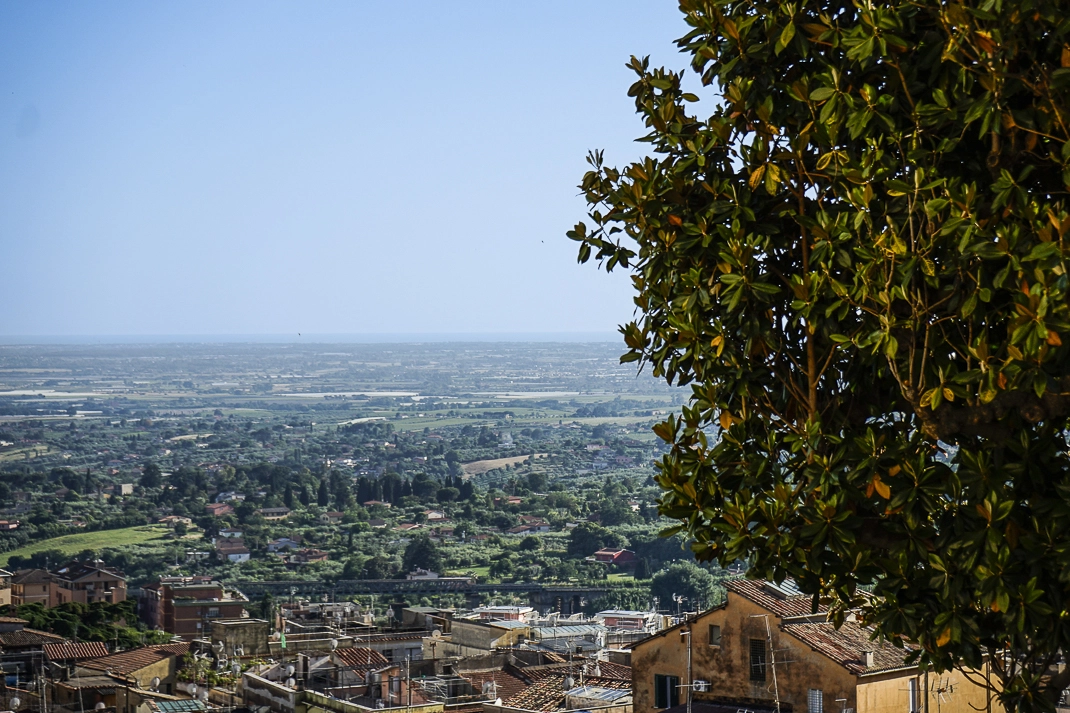
Things to do
1 • Museo Civico di Geopaleontologia e Preistoria. Opened in 2007, the museum traces the area’s history back to the dinosaur days.. It’s separated in two parts: paleontology and prehistory. The entrance is a
dark, lit hallway like the inside of a volcano, which the area was before it collapsed 6 million years ago.
The displays are more explanatory, in both Italian and English, and appear geared for children. But adults can enjoy the scale models of some dinosaurs that roamed the area such as the plesiosaurs which grew to five meters and used four fins to cruise through the water. It also has charts showing the evolution of man specific to Lazio.
The prehistory section features a huge sarcophagus dating back to the 2nd century A.D. A helpful panel identifies the many images carved into the stone such as chariot races and bulls ready for slaughter.
Info: Via Goffredo Mameli 6, 39-06-961-58239,
https://www.velletrimusei.it/it/museo-geopaleontologico,
museicivicvelletri@gmail.com, 9 a.m.-1 p.m. Monday-Thursday, 3-7 p.m. Friday, 10 a.m.-2 p.m., 4-7 p.m. Saturday-Sunday, €5.
2 • Velletri Cathedral. It was built in 1660 on the site of the original church from the 4th century A.D. and is noted for its facing string of porticos framing a stone courtyard leading to the church.
The cathedral is huge. Thirty-six pews fill the center under a massive ceiling fresco.
Crystal chandeliers hang in each of the 10 archways. Behind the altar is a beautiful painting of the Virgin Mary’s coronation. In front of the altar is a towering wooden gazebo, qualifying it as a Roman Jubilee church.
Info: Piazza San Clemente 1, 39-06-963-2239,
https://www.diocesivelletrisegni.it/parrocchie/velletri/basilica-cattedrale-parrocchia-s-clemente-i
3 • Piazza Cesare Ottaviano Augusto. While the generic historic center won’t wow you, Velletri’s main piazza certainly will. At the top of the town, the commune anchors a sprawling piazza with spectacular views of the town and countryside beyond. On a clear day, you can see the Tyrrhenian Sea on one side and the Prenestini Mountains on the other.
Framing the huge commune building are statues of its two favorite sons: Stafano Borgia (1731-1809), a cardinal and a major player in the Vatican, and Caesar Augustus (63 B.C.-14 A.D.).
Also on the piazza, looking haunting and foreboding, is an old prison.
Caesar Augustus
Emperor Augustus (Note: Cesare is his name in Italian) was born on Palatine Hill near the Roman Forum but was raised primarily in Velletri, the hometown of his father, Gaius Octavius. Gaius became a Roman senator and later governor of Macedonia. Augustus’ mother, Atia, was the niece of Julius Caesar. Augustus was 4 when his father died and a a year later his mother married the former governor of Syria, Lucius Marcius Philippus, who became Augustus’ political role model.
Augustus was mostly raised by his grandmother, Julius, Julius Caesar’s sister. His tutor was a Greek slave who became so important in Augustus’ life, he later freed him from slavery. At 16, Augustus tried unsuccessfully to join Julius Caesar’s campaign in Africa. But so impressed by Augustus’ fortitude, Caesar allowed him to walk with him during his triumphant parade into Rome.
Two years later, when Augustus was only 18, Julius Caesar named him his principal heir. Augustus would become Ancient Rome’s first emperor as it transformed from a republic to an empire. His legacy that has lasted two millennia is he led a government that maintained mostly peace for two centuries. He transformed Rome into the greatest city in the world. He gave it law enforcement and established a political office. He built a standing army and roads. His legacy is so great, his adoptive surname, Caesar, became the permanent title of future Roman emperors.
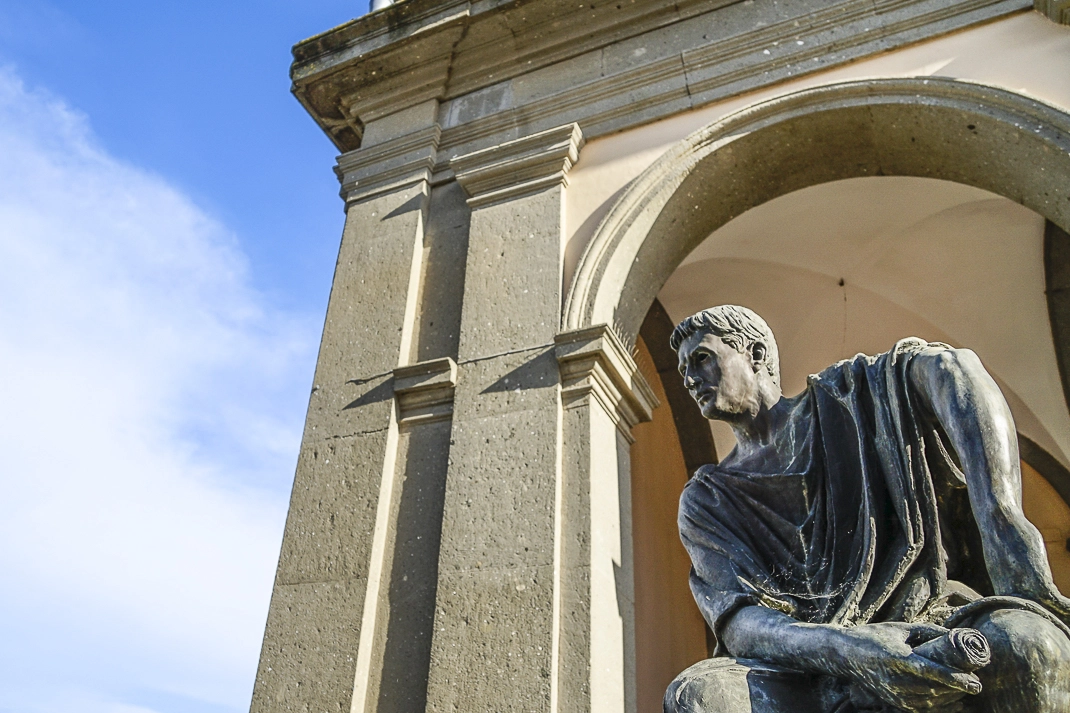
Where is it:
25 miles (44 kilometers) southeast of Rome.
How to get there: Direct trains leave all day from Rome’s Termini
station to Velletri. The 53-minute ride is €3..
For more information:
Visit Castelli Romani, Piazza Garibaldi, 39-06-961-581,
https://www.visitcastelliromani.it/en/location/history-of-velletri,
Where to eat:
https://www.oltregustodinocerino.it,

